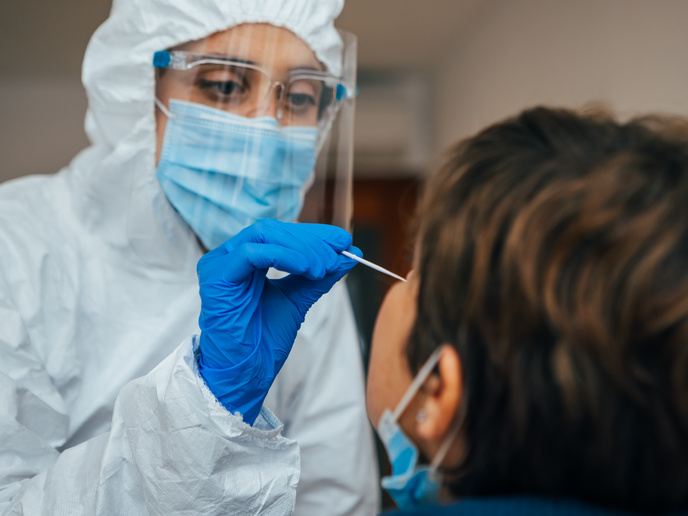Taking to the skies to save lives
One of the many lessons learned from the COVID-19 pandemic is the importance of having an effective logistics system that can get vaccines and medication where they need to be, when they need to be there. It has also taught us that, in today’s overly congested world, this is often easier said than done. “In urban areas, the challenge in delivering critical medical services is traffic and congestion, while in rural areas, the challenge is a lack of medical infrastructure and supplies,” explains Matthijs Damen, head of tech at Avy(opens in new window), an aviation technology company. “In both scenarios, the net result can be a delay in getting patients the vaccines, medicines and treatment they need.” According to Damen, the answer to both challenges is in the sky. “When it comes to the future of healthcare logistics, the only way is up,” he says. “That’s why we developed drones capable of flying between medical facilities such as pharmacies, labs, blood banks and hospitals to transport medicine, blood, vaccines and tissue samples.” Avy’s temperature-controlled drones can also pick up samples for analysis from any location and perform urgent deliveries to emergency situations, all while skipping traffic and geographical borders and flying emission-free. “Our drone network is fast, reliable and sustainable,” adds Damen. Thanks to the support of the EU-funded SkySaver project, that drone network is also ready for take-off.
A cargo box to transport medical supplies
Through the EU-funded project, Avy was able to advance the SkySaver solution. This included increases in payload capacity and range, along with developing the Avy Medkit(opens in new window), a cargo box specifically designed for transporting medical supplies. “One huge technical challenge we did not anticipate was the weight of the drone being much higher than expected,” explains Damen. “This caused a chain reaction of design work that needed to be done on a very tight deadline.” The company also leveraged the EU funding to ensure the drone complied with all regulations.
An airworthy cargo drone
Although there’s still more work to be done, particularly as to the payload capacity, the team succeeded in building an airworthy cargo drone. In fact, the drone will soon be used to deliver medical supplies between hospitals in the Netherlands. “Avy, as well as our clients, are now flying the drone in operational environments,” remarks Damen. “This is very important as it allows us to collect valuable feedback for future improvements while also making a positive impact on the healthcare logistics sector.”
Towards autonomous, BVLOS flights
While the SkySaver drone may be cleared for take-off and already making a difference, it’s really just a tease of the impact drones will have on the healthcare logistics sector. “We are already looking ahead at how we can further improve the SkySaver product to achieve a better product-market fit,” notes Damen. The company is currently working to enable beyond visual line of sight (BVLOS) flights, which will allow clients to autonomously operate over populated areas. Furthermore, Avy is working to improve its drone network proposition, developing auxiliary products like a docking station, control tower, payloads and software solutions. “The knowledge and experience our team gained during this project will have a lasting influence, allowing us to develop new drones and drone technologies,” concludes Damen.







